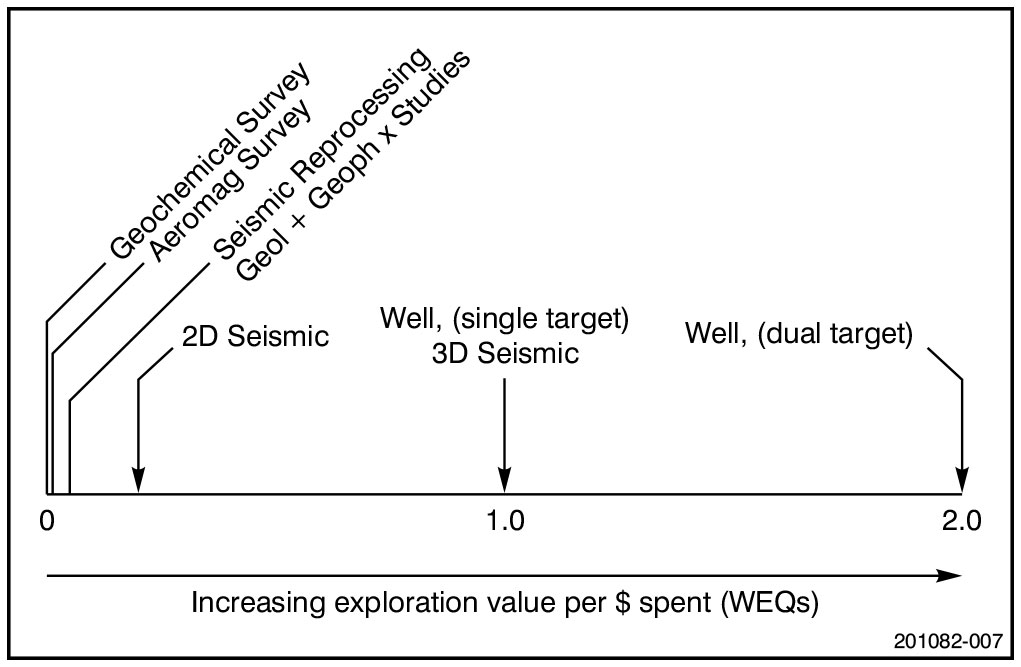On this page
Work program bidding
Work program bidding is the favoured method of allocating petroleum exploration tenements throughout offshore and onshore Australia (Alexander and Morton, 2002). The South Australian Petroleum and Geothermal Energy Act 2000 allows cash or work program bidding to be used and designates competitive tenders regions. South Australia is unique in applying work program bidding in the designated competitive tender regions (Cooper and Otway basins) and allowing over the counter applications elsewhere at any time for vacant acreage. focuses industry interest to a designated prospective area;
South Australia’s open, transparent and competitive acreage gazettal process:
- achieves fairness and competition policy principles.
- avoids any perception of favouritism in the award of licences;
- maximises the early realisation of the undiscovered potential of the State (i.e. maximise the NPV of the State’s royalty stream);
- ensures that the market price is paid by industry for acreage,
- focuses interest on highly prospective regions, and
- can be tailored to the prospectivity of the areas on offer.
An effective work program bidding system requires:
- clear and transparent bid assessment criteria to aid applicants,
- suitable evaluation periods (usually 6–9 months depending on how much previous exploration/production has occurred, hence the volume of data involved),
- robust assessment processes with scorers being unaware of bidder identities,
- public announcement of the winning bids (work programs are included in licence documents accessible via the online licence register),
- follow up work program compliance monitoring to ensure programs are fulfilled by the successful licensees to protect the integrity of the process and to avoid ‘impugning’ the second highest bidders.
Assessment process and philosophy
Key elements of South Australia’s approach to acreage management are similar to other countries and other Australian jurisdictions. However, consistent with the openness and transparency which underpins the regulatory philosophy in South Australia, the department has developed an objective and consistent bid assessment process such that any independent person could verify the award of competitive licences (Alexander and Morton, 2002).
Competitive tenders are assessed by experienced departmental geoscientists and tenement officers. Tenders are opened by the Bid Receipt Team (BRT) who extract bid details for scoring by the Bid Assessment Team (BAT) without including the applicant’s identity. Total bid scores for each bid are calculated and ranked by the BAT. Where there is a clear winning bid, the Executive Director will be informed and will ask the Bid Receipt Team (BRT) to initiate financial checks. The BRT reports to the BAT on the bidder’s status. The BAT makes a recommendation to the Executive Director.
Scoring systems are developed for each release reflecting the available data (existing wells, 2D and 3D seismic coverage) and the activities which will be most effective in evaluating prospectivity. The scoring system is published for each acreage release to ensure transparency and a level playing field.
The scoring system is effectively a risked net present value in well equivalents (Fig. 1):
- guaranteed work scores higher than non-guaranteed work in the five year work program bid;
- early work scores higher than later work;
- wells with multiple targets can be scored higher than single target wells;
- 2D and 3D seismic, other geophysical surveys and seismic reprocessing are converted into well equivalents;
- loading of the later, non-guaranteed work program years are heavily discounted.

Figure 1. Perceived relative value of exploration activities used in the work program assessment process.
References
Alexander, E.M. and Morton, J.,2002. Selecting the winning bid. The APPEA Journal 42(1), pp 523-535.


